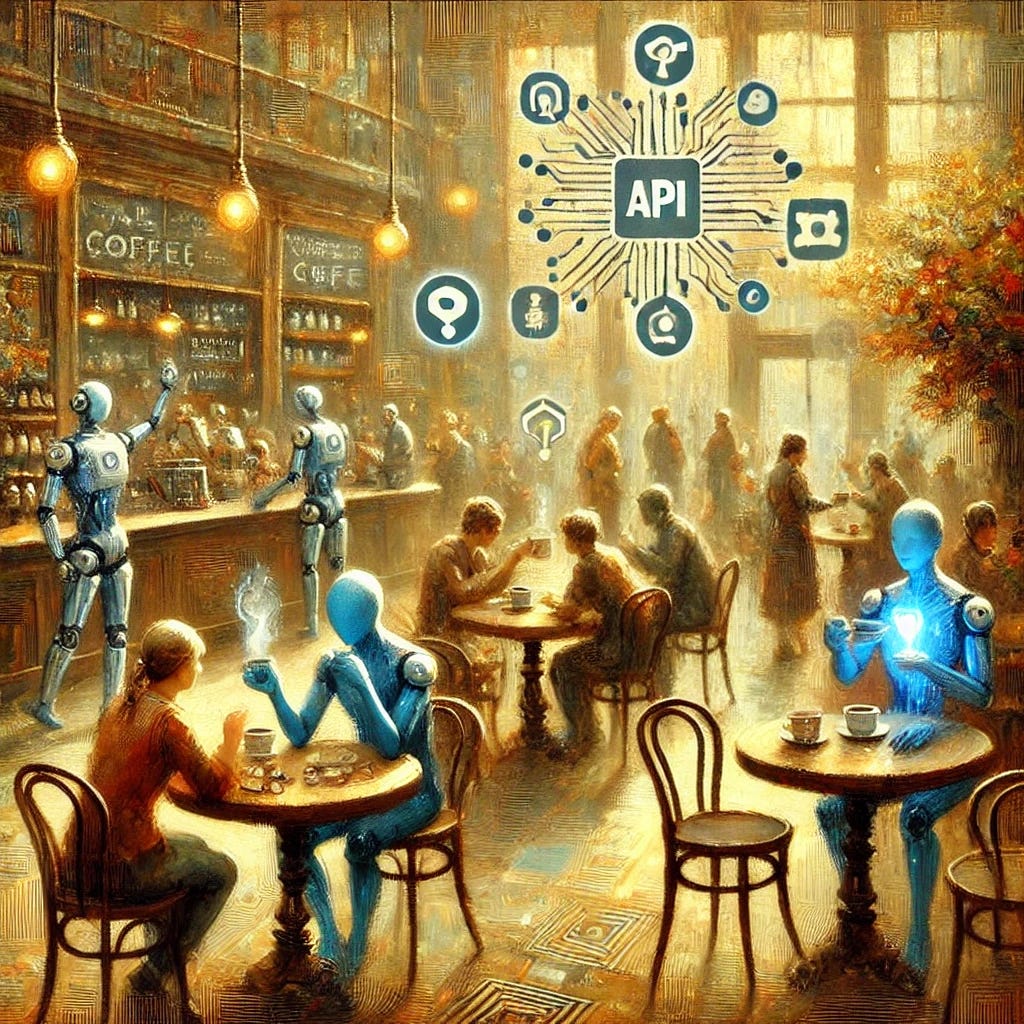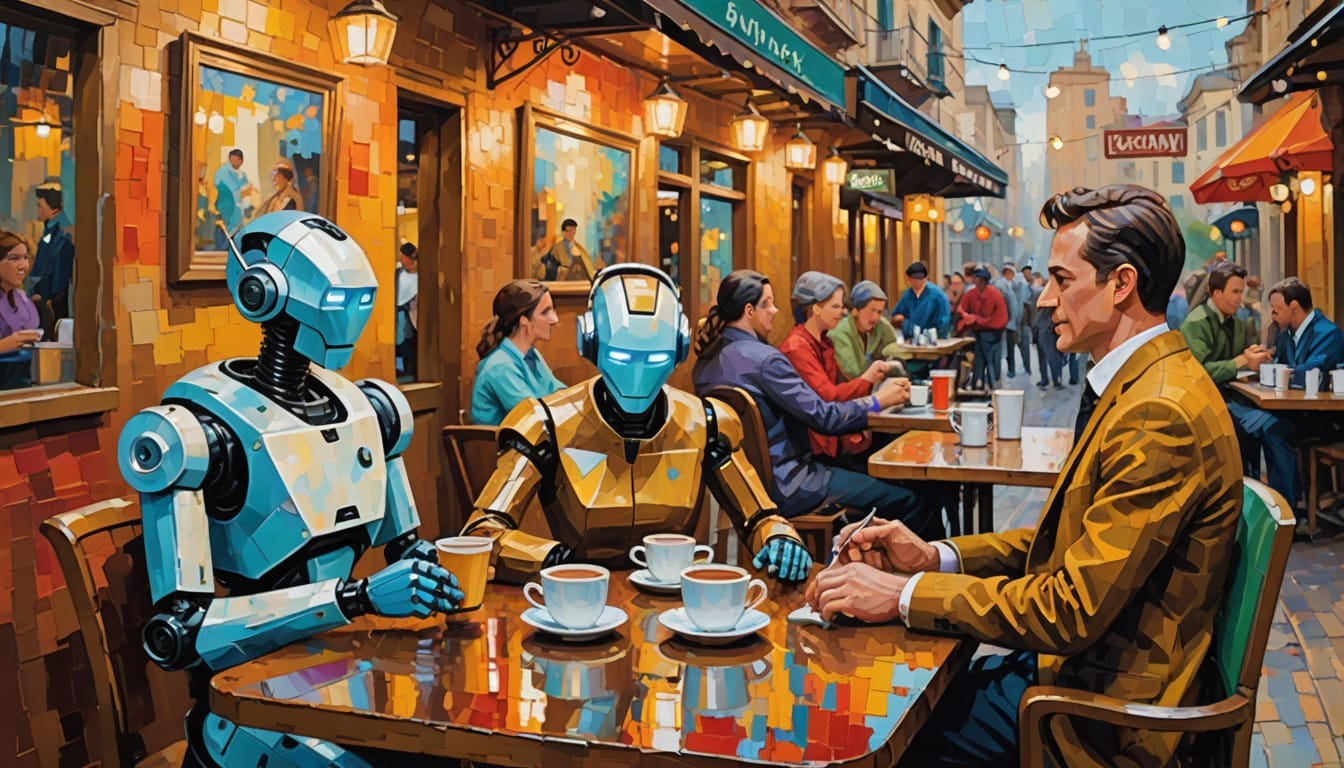
Ever wondered how developers manage to make apps talk to each other like lifelong besties? Enter OpenAPI, the universal translator of APIs. Think of it as the Rosetta Stone for software developers, but without the Indiana Jones drama.
What Is OpenAPI?
In the simplest terms, OpenAPI is a specification — a fancy way of saying a detailed set of instructions — for describing RESTful APIs. It’s like the blueprint for how different software systems can communicate, share data, and work together. If APIs are the lifeblood of modern apps, OpenAPI is the detailed DNA report that keeps things running smoothly.
Why Should You Care? (Yes, You Should)
OpenAPI is still relevant, and here’s why:
- Simplicity: OpenAPI makes it ridiculously easy to understand how an API works, even if you’re the kind of person who forgets their own Wi-Fi password.
- Consistency: Developers use it to ensure they’re not reinventing the wheel every time they build a new integration.
- Automation: Tools like Swagger and Postman thrive on OpenAPI specs, letting you auto-generate documentation, test cases, and even SDKs faster than you can say, “JSON.”
The Pros and Cons of OpenAPI
Pros:
- Standardization: A single source of truth for your API.
- Widespread Adoption: Almost every developer and their cat uses it.
- Tooling: Supported by a massive ecosystem of tools to make your life easier.
Cons:
- Learning Curve: It can feel a bit like reading legal contracts when you first start.
- Complexity for Edge Cases: Custom APIs with unique quirks can make strict adherence tricky.
- Dependency: Relying on it means you’re tied to its updates and standards.
What Is OpenAPI Used For?
From e-commerce to healthcare, OpenAPI is the unsung hero that makes everything work. Developers use it to:
- Design APIs before a single line of code is written.
- Document existing APIs to make them human-readable.
- Test integrations without breaking a sweat.
Example Time: The Pizza API
Imagine you’re running a pizza delivery empire (dream big). Your app needs to:
- Show customers the menu.
- Let them place orders.
- Track delivery status.
OpenAPI helps you describe each of these endpoints in detail:
/menufor available pizzas./orderto place an order./status/{orderId}to track where that pepperoni masterpiece is.
With OpenAPI, your developers (and their pizza-loving users) will always be on the same page.
Alternatives? Sure, But…
OpenAPI isn’t the only game in town. There’s also:
- gRPC: For binary lovers who want speed.
- GraphQL: Perfect if you like asking the universe for only what you need.
- RAML: A simpler alternative for designing APIs.
Still, OpenAPI’s vast ecosystem and compatibility make it hard to beat.
The History of OpenAPI
OpenAPI was born as the Swagger Specification in 2010, created by Tony Tam. It quickly gained traction because developers hate wasting time (and nobody reads documentation unless it’s autogenerated). In 2016, it became OpenAPI under the Linux Foundation, and the rest is history.
Popularity Check
OpenAPI’s popularity has only grown over the years, like that one TikTok song you can’t escape. It’s used by tech giants like Microsoft, Google, and Amazon, not to mention countless startups. The growth of API-first companies means OpenAPI isn’t going anywhere.
Fun Tidbits
- OpenAPI works incredibly well with AI. Tools like ChatGPT use APIs described by OpenAPI specs for seamless integrations.
- It plays nicely with almost every tech stack you can imagine: Node.js, Python, Java, Go, Ruby… you name it.
- Want to see it in action? Check out Swagger Editor to play around with OpenAPI specs.
Art Prompt

A serene Impressionist painting depicting a lively cafe scene where digital characters (robots, holograms, and humans) are joyfully exchanging API keys over coffee. The warm ambiance features soft brush strokes, muted earth tones, and subtle reflections of the vibrant tech world. A masterpiece blending technology with timeless artistry.